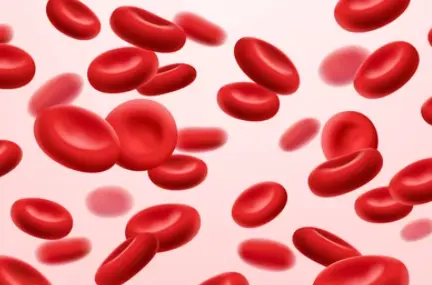 Welcome
Welcome
“May all be happy, may all be healed, may all be at peace and may no one ever suffer."
Vaginal leucorrhoea - Generics
Vaginal leucorrhoea, also known as vaginal discharge, is a common condition in which a woman experiences an abnormal discharge from her vagina. It can have various causes, including infections, hormonal imbalances, and other underlying health conditions.
Some common causes of vaginal leucorrhoea include bacterial vaginosis, yeast infections, sexually transmitted infections (STIs) such as chlamydia or gonorrhea, cervical or vaginal cancer, and hormonal changes such as during pregnancy or menopause.
Symptoms of vaginal leucorrhoea may include a thick, white, or yellowish discharge with a strong or unpleasant odor, itching or irritation in the genital area, pain during sex or urination, and spotting or bleeding between periods.
Treatment for vaginal leucorrhoea depends on the underlying cause. In some cases, it may require medication such as antibiotics, antifungals, or hormones. Maintaining good hygiene, wearing cotton underwear, avoiding tight-fitting clothes, and practicing safe sex can also help prevent and manage vaginal leucorrhoea. It is important to consult with a healthcare provider if you experience persistent or severe symptoms.

Otic inflammation

Vaginal or rectal irritat...

Arteriovenous occlusions

Anaemia of chronic renal...

Bacteraemia and meningiti...

Fungal infections of the...

Imaging of the GI tract

Secretory neoplasms
Vaginal leucorrhoea, যোনি লিউকোরিয়া
To be happy, beautiful, healthy, wealthy, hale and long-lived stay with DM3S.